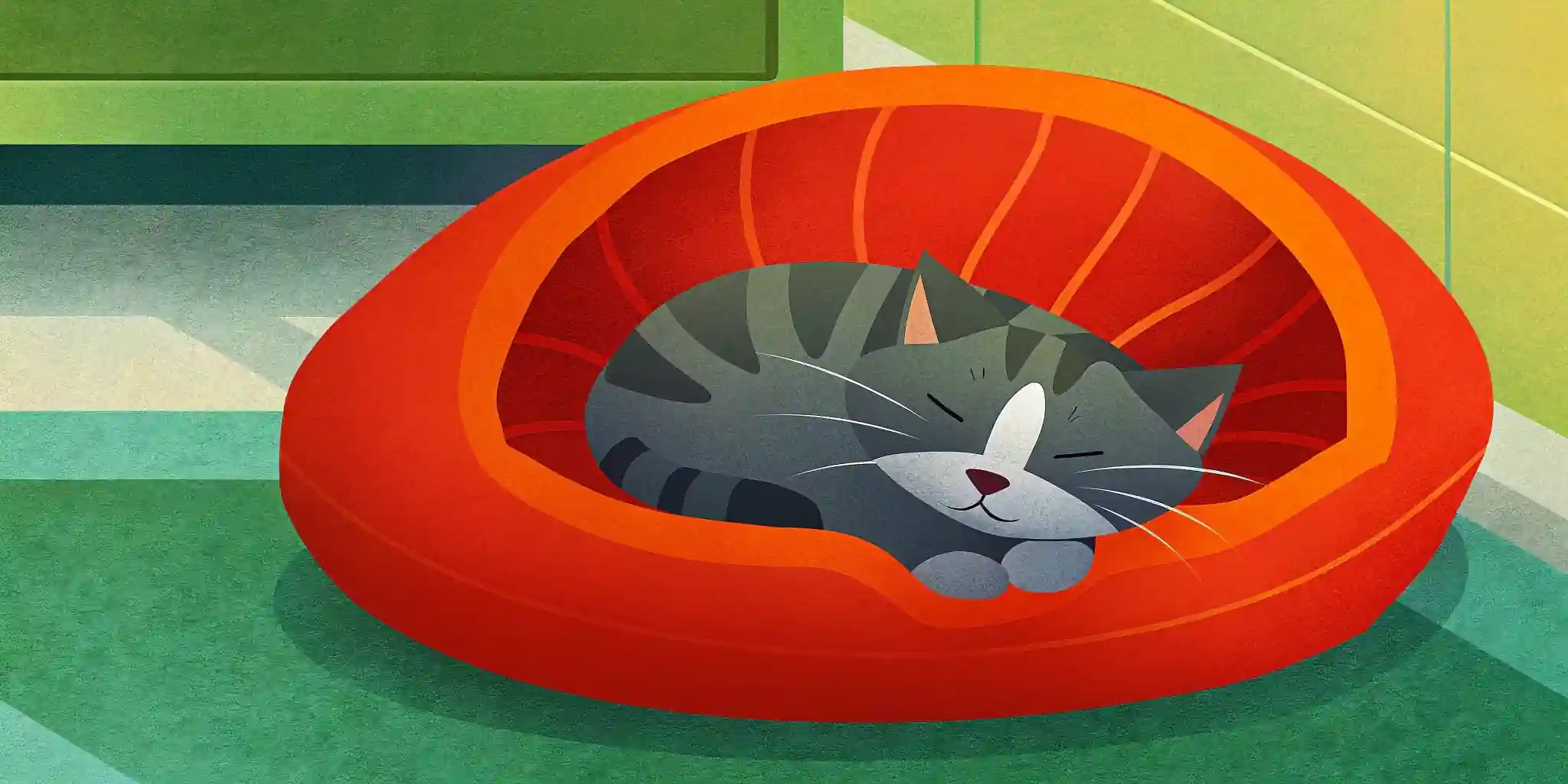
Kitten Nutrition: Feeding Your Furball Right!
Kitten nutrition confusing? 🍼 We break it down! Learn the best kitten food & feeding schedule for a happy, healthy furball. Click to learn more!
Kitten Nutrition Explained: Choosing the Right Food and Feeding Frequency
Bringing a new kitten into your home is an incredibly exciting time! Those tiny paws, playful antics, and endless purrs are guaranteed to steal your heart. However, along with the joy comes responsibility, and proper nutrition is paramount for ensuring your kitten grows into a healthy, happy cat. This means understanding the specific nutritional needs of kittens, choosing the right kitten food, and establishing an appropriate feeding schedule.
Why Kitten Nutrition Matters: A Foundation for Life
Kittens are not just small cats. They have unique nutritional requirements that differ significantly from adult cats. They need more calories, protein, and certain vitamins and minerals to support their rapid growth and development. Think of it like building a house – a strong foundation is crucial! Providing inadequate nutrition during this formative period can lead to long-term health problems.
A diet lacking in essential nutrients can result in:
- Weakened Immune System: Kittens need a robust immune system to fight off infections.
- Bone and Joint Problems: Calcium and phosphorus are vital for healthy bone development.
- Poor Muscle Development: Protein is the building block of muscle tissue.
- Cognitive Deficiencies: Nutrients like DHA are important for brain development.
 A young tabby kitten enthusiastically eats from a small blue food bowl, showcasing the importance of proper nutrition for growing kittens.
A young tabby kitten enthusiastically eats from a small blue food bowl, showcasing the importance of proper nutrition for growing kittens.
Decoding Kitten Food Labels: What to Look For
Navigating the world of kitten food can feel overwhelming. Here’s a breakdown of what to look for on the label:
- “Complete and Balanced” for Kittens: This is the most important phrase. It means the food meets the nutritional standards established by the Association of American Feed Control Officials (AAFCO) for kittens.
- High-Quality Protein: Look for named meat sources like chicken, turkey, or fish as the first ingredient. Avoid foods where “meat by-products” are the primary protein source. In my experience, foods with clearly defined protein sources are almost always a better choice for optimal growth and health.
- Fat Content: Kittens need a higher fat content than adult cats for energy. Look for a fat percentage within the recommended range for kittens (check the AAFCO guidelines).
- Essential Nutrients: Ensure the food contains taurine, an essential amino acid that cats cannot produce on their own. Taurine deficiency can lead to serious heart and eye problems.
Dry vs. Wet Food for Kittens:
This is a common debate among cat owners. Both dry and wet food have their pros and cons.
- Dry Food: Convenient, affordable, and helps promote dental health by scraping teeth. However, it’s lower in moisture.
- Wet Food: Higher in moisture, which is beneficial for kidney health. Often more palatable for picky eaters. Can be more expensive than dry food.
I believe that a combination of both dry and wet food can be the best approach, providing the benefits of each. Experiment to see what your kitten prefers and what works best for your budget and lifestyle. Consider “how much wet food should I feed my kitten” in conjunction with their dry food consumption.
Feeding Frequency: Keeping Your Kitten Satisfied
Kittens have small stomachs and require frequent meals throughout the day. Don’t leave a bowl of food out all day! This can lead to overeating and obesity later in life.
Here’s a general guideline for kitten feeding frequency:
- 8-12 Weeks: 4-5 small meals per day.
- 3-6 Months: 3-4 meals per day.
- 6 Months Onward: 2-3 meals per day.
Remember to always follow the feeding guidelines on the food packaging as a starting point and adjust based on your kitten’s individual needs and activity level. Consult with your veterinarian if you have any concerns about your kitten’s weight or appetite. It’s also important to consider specific needs: “kitten feeding schedule for sensitive stomach” may require a different approach.
 A fluffy kitten curls up and naps peacefully in a soft cat bed, emphasizing the need for adequate nutrition to support growth and rest.
A fluffy kitten curls up and naps peacefully in a soft cat bed, emphasizing the need for adequate nutrition to support growth and rest.
Common Kitten Feeding Mistakes to Avoid
- Feeding Adult Cat Food: As mentioned earlier, adult cat food doesn’t meet the specific nutritional needs of kittens.
- Overfeeding: Obesity is a serious problem in cats. Avoid free-feeding and carefully measure portions.
- Giving Cow’s Milk: Cow’s milk can cause digestive upset in kittens. Stick to kitten formula or water.
- Ignoring Picky Eating: If your kitten is consistently refusing food, consult with your veterinarian. It could be a sign of an underlying health problem.
- Introducing New Foods Too Quickly: Gradual transitions are key to avoiding digestive upset. Introduce new foods slowly over a period of several days. It may also be beneficial to consider “best kitten food for picky eaters” if you have trouble finding something your new friend enjoys.
Transitioning to Adult Cat Food
Around 12 months of age, you can gradually transition your kitten to adult cat food. Again, do this slowly, mixing small amounts of the new food with the old food and gradually increasing the proportion over a week or two.
 A side-by-side comparison shows the difference in kibble size and composition between kitten food and adult cat food, highlighting the tailored nutritional needs for each life stage.
A side-by-side comparison shows the difference in kibble size and composition between kitten food and adult cat food, highlighting the tailored nutritional needs for each life stage.
The Final Purr-agraph
Providing your kitten with the right nutrition is an investment in their long-term health and well-being. By understanding their specific needs, choosing high-quality food, and establishing a consistent feeding schedule, you can set them up for a lifetime of purrs and playful adventures. And remember, when in doubt, always consult with your veterinarian – they are your best resource for personalized advice.


